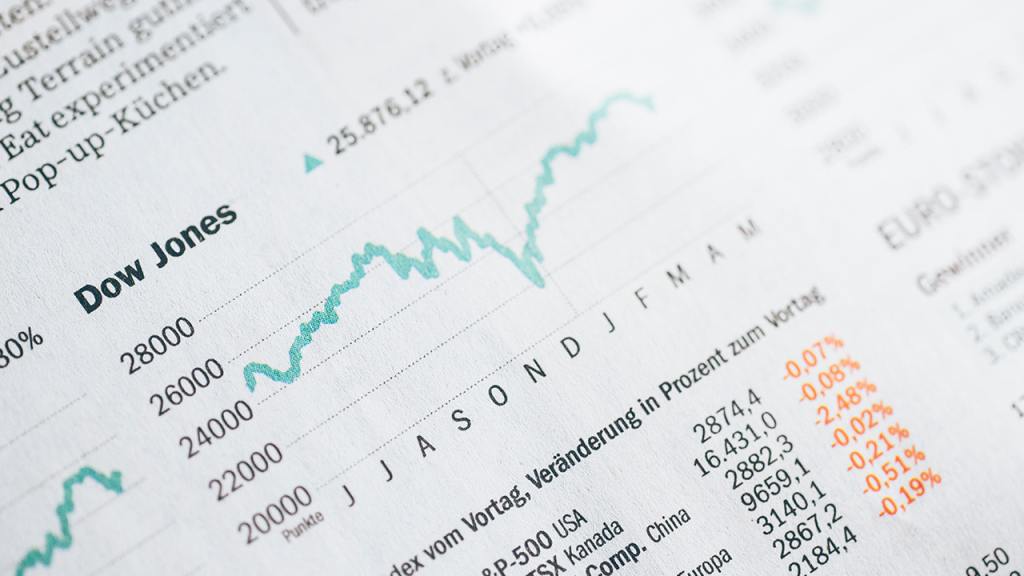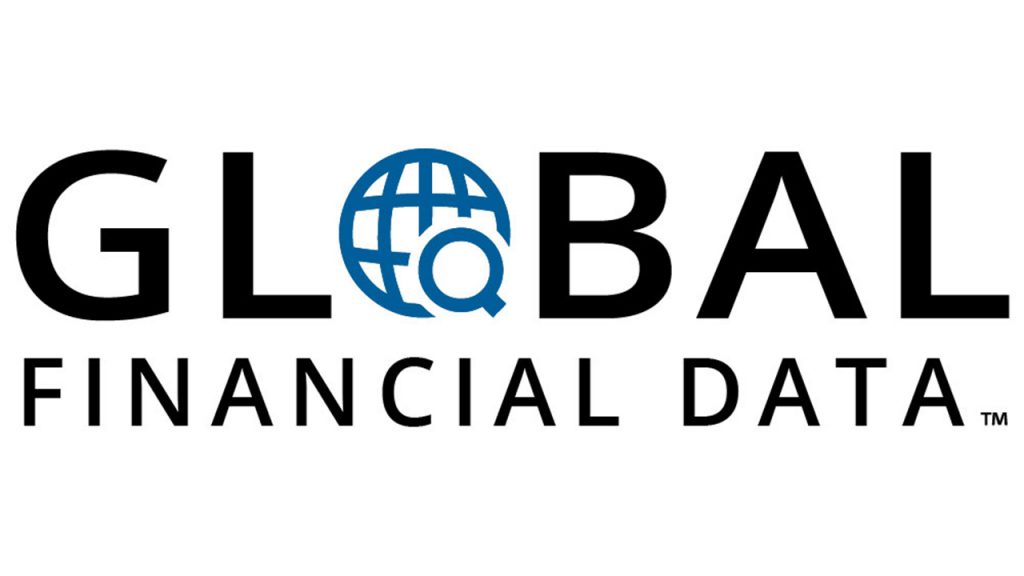 Even though the Fed is not due to raise interest rates for a few years (2016 per the latest numbers that I’ve seen lately). People are still looking and preparing for this to happen. What asset classes will be affected positively and negatively? In the graph attached, I wanted to show the inverse correlation between preferred stocks and interests rates. with the recent move in rates, the price performance of preferred stocks has been negative. Please look at this long-term graph and see for your self
Even though the Fed is not due to raise interest rates for a few years (2016 per the latest numbers that I’ve seen lately). People are still looking and preparing for this to happen. What asset classes will be affected positively and negatively? In the graph attached, I wanted to show the inverse correlation between preferred stocks and interests rates. with the recent move in rates, the price performance of preferred stocks has been negative. Please look at this long-term graph and see for your self
 Freddie Mac has added 23 new Metropolitan Standard Areas (MSAs) to the list of MSAs that they cover in their quarterly surveys of housing prices throughout the United States. The FMHPI provides a measure of typical price inflation for houses within the U.S. Values are calculated monthly but are released at the end of the following quarter. The FMHPI is based on an ever expanding database of loans purchased by either Freddie Mac or Fannie Mae.
With the addition of the 23 new MSAs, the Freddie Mac survey now covers 383 MSAs throughout the United States. The 23 new MSAs are:
Freddie Mac has added 23 new Metropolitan Standard Areas (MSAs) to the list of MSAs that they cover in their quarterly surveys of housing prices throughout the United States. The FMHPI provides a measure of typical price inflation for houses within the U.S. Values are calculated monthly but are released at the end of the following quarter. The FMHPI is based on an ever expanding database of loans purchased by either Freddie Mac or Fannie Mae.
With the addition of the 23 new MSAs, the Freddie Mac survey now covers 383 MSAs throughout the United States. The 23 new MSAs are:
- Albany, OR Albany, OR
- Beckley, WV Beckley, WV
- Bloomsburg-Berwick, PA
- California-Lexington Park, MD
- Carbondale-Marion, IL
- Chambersburg-Waynesboro, PA
- East Stroudsburg, PA
- Gettysburg, PA
- Grand Island, NE
- Grants Pass, OR
- Hammond, LA
- Hilton Head Island-Bluffton-Beaufort, SC
- Homosassa Springs, FL
- Kahului-Wailuku-Lahaina, HI
- Midland, MI
- New Bern, NC
- Sebring, FL
- Sierra Vista-Douglas, AZ
- Staunton-Waynesboro, VA
- The Villages, FL
- Walla Walla, WA
- Watertown-Fort Drum, NY
- Weirton-Steubenville, WV-OH
In the above chart which shows the Dow Jones Industrial Average from 1885-present adjusted for inflation, you’ll see that the composite has yet to reach all-time highs in terms of real money. Even with the rally still in full-effect, it is tough to imagine a peak breaking though the triple-top resistance we are seeing (market technicians may argue anyway).
When recessionary periods are introduced into the chart, the picture painted looks even bleaker. Will the fallout from this rally mirror the bear markets of yesteryear? Note the peaks of 1929, 1937, 2000 and 2007 and more importantly, what followed. The Great Depression, The Tech bubble, the Housing bubble…maybe months from now we’ll be talking about the “Great QE bubble of 2013”. -Kevin


